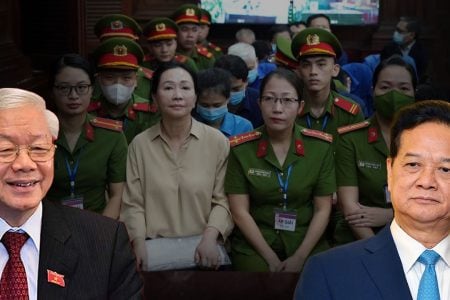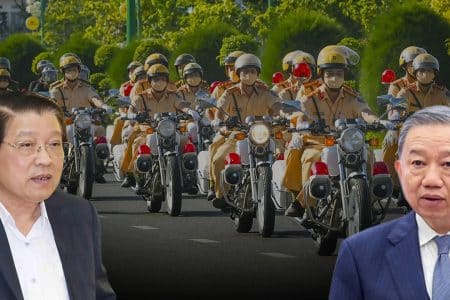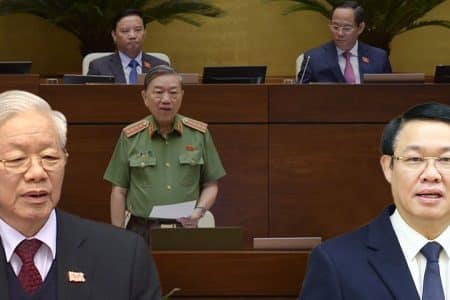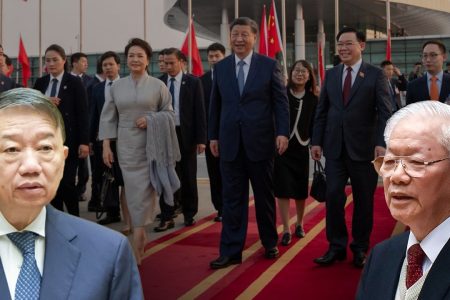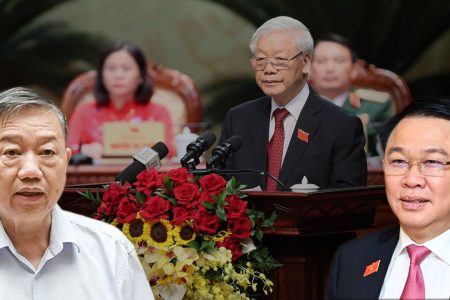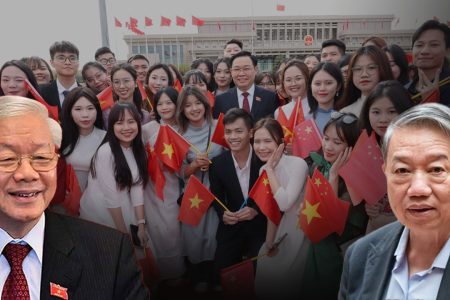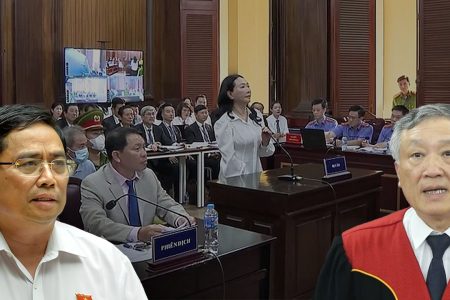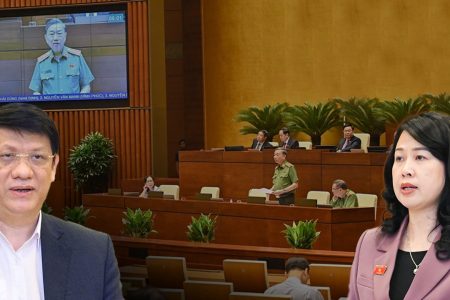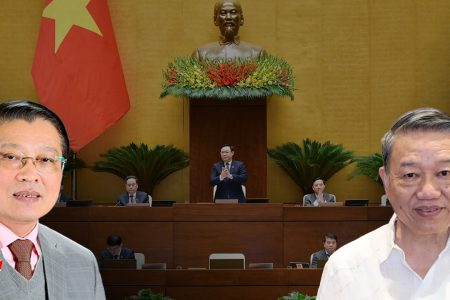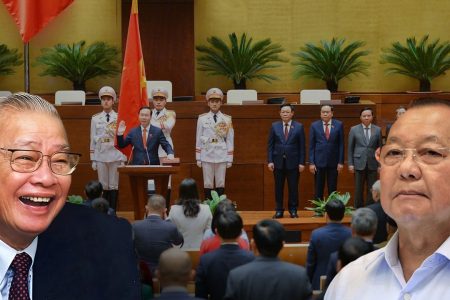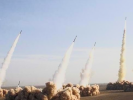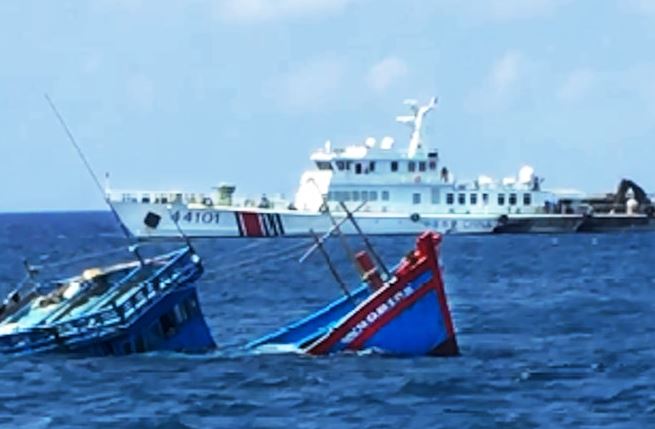
China’s release of a report about Vietnamese fishing vessels’ intrusion its waters at the time the US aircraft carrier USS Theodore Roosevelt arrived in Da Nang was “calculated” and “intentional,” said Dr. Ha Hoang Hop, a researcher from Singapore-based ISEAS Institute Yusof Ishak.
Citing a report by the South China Sea Strategic Situation Probing Initiative (SCSPI) affiliated with Peking University, China’s media said on March 5 that there were a total of 311 Vietnamese fishing vessels ventured China’s inland, territorial waters and exclusive economic zone in February, for the purpose of fishing and spying illegally.
“Among them, 212 ships entered the southeastern waters of Hainan Island, the Leizhou Peninsula and the waters near Guangdong, and about 90 fishing vessels have entered China’s territorial waters in the Gulf of Tonkin,” Chinese report says.
According to the report, most of Vietnam’s fishing vessels are concentrated in areas near major waterways for China’s naval and air forces in the two provinces. “Some Vietnamese fishing vessels are even within the reach of Chinese military bases,” the report added.
“The operation of these vessels is for two purposes only: One is an economic purpose, ie illegal fishing. The second is the purpose of military security, that is, performing reconnaissance and espionage activities,” the report of the Chinese research institute said.
Dr. Ha Hoang Hop, a researcher from Singapore-based ISEAS Yusof Ishak Institute, denied the argument. He said:
“The demarcation is in the Tonkin Gulf, this agreement was signed in advance and the two sides have complied, that is, they have outlined a line on the sea, one side is for China and the other side is for Vietnam, because there are continental shelves connected, and Hainan Island also has a continental shelf. “
‘Then it is normal to have an occasional Vietnamese fishing boat into the area. In contrast, when the Chinese side has many fishing vessels entering Vietnamese territorial waters or smuggling, Vietnam never craves statistics. People do not need. People just kick it back. ”
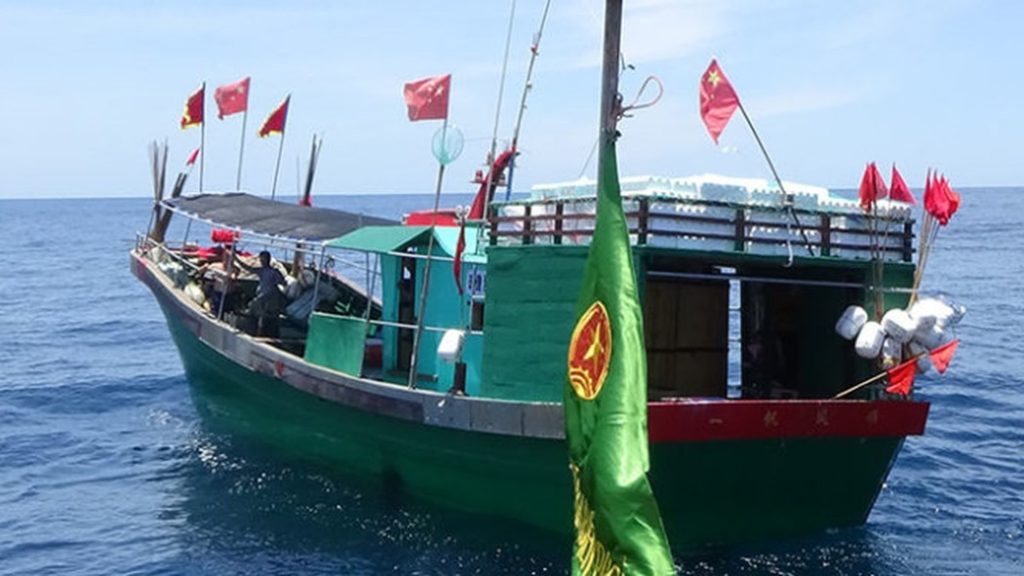
“But it is more difficult in the area around the Hoang Sa (Paracels). The archipelago belongs to Vietnam and was occupied by China in 1974, and now China says an area around the archipelago that Vietnamese fishermen have to keep away. This is an absurd story that no one can accept.”
The Chinese report said the activities of Vietnamese fishing vessels in recent years “have been increasingly rampant and increasing in number.” Specifically, the number of Vietnamese fishing vessels engaged in such activities in February increased by at least twice as much as the previous month.
“Compared to Vietnam’s activities in the disputed waters in the South China Sea, the nature of these activities is even worse. It completely violates China’s sovereignty and security, seriously weakens the UN’s Charter, UN Convention on the Law of the Sea and other relevant international laws,” concluded the Chinese report.
“Vietnam always asserts the Hoang Sa is its territory. And ever since then, Vietnamese fishing vessels have entered the fishing grounds. China chased a lot of times, but Vietnamese fishing vessels were also protected by fishing boats and coast guard ships,” Ha Hoang Hop cites actual disputes between the two countries for many years.
According to him, in addition to the unreasonable conclusion about the “territorial intrusion” of Vietnamese fishing vessels, the Chinese event announced the report at the time the USS Theodore Roosevelt aircraft carrier to Danang showed that there is a “deliberate” calculation to “fit things together” by the Chinese.
The satellite image shows that Chinese ships appeared densely near Thi Tu Island as soon as the Covid-19 flu broke out, a total of 136 ships continuously there between January 1.1 and February 25.
He said: “A week ago, the Chinese took more than 140 ships to Thi Tu Island, which Filipinos now control. And now, China is having hundreds of ships around the Hoang Sa, mostly naval vessels, maritime vessels, and they now drive all Vietnamese fishing vessels out there. By doing so, they prepare at sea. Such a move is in response to American ships visiting Tien Sa port.”
According to the researcher, it does not exclude the possibility that after US aircraft carriers leaves from Vietnam, China will again cause something “similar to Vanguard Bank” last year. But Dr. Ha Hoang Hop said that Hanoi “has prepared for all of these possibilities,” especially in the context that the relationship between Vietnam and the US is currently having more positive and stronger changes, towards higher than the “comprehensive partnership” to “strategic partnership.”
On March 2, Philippine Daily Inquirer newspaper quoted Vice Admiral Rene Medina, commander of the Western Military Command of the Philippines (Wescom), said that they had tracked 136 Chinese fishing vessels near Thi Tu Island from Jan 1 to Feb 25.
“On Feb 7, there were the largest number of Chinese fishing vessels, with a total of 76 vessels exposed to the western edge of the sandbar,” according to Vice Admiral Medina.
Wescom also discovered two Chinese maritime vessels during this period, and one Chinese naval ship appeared in February.
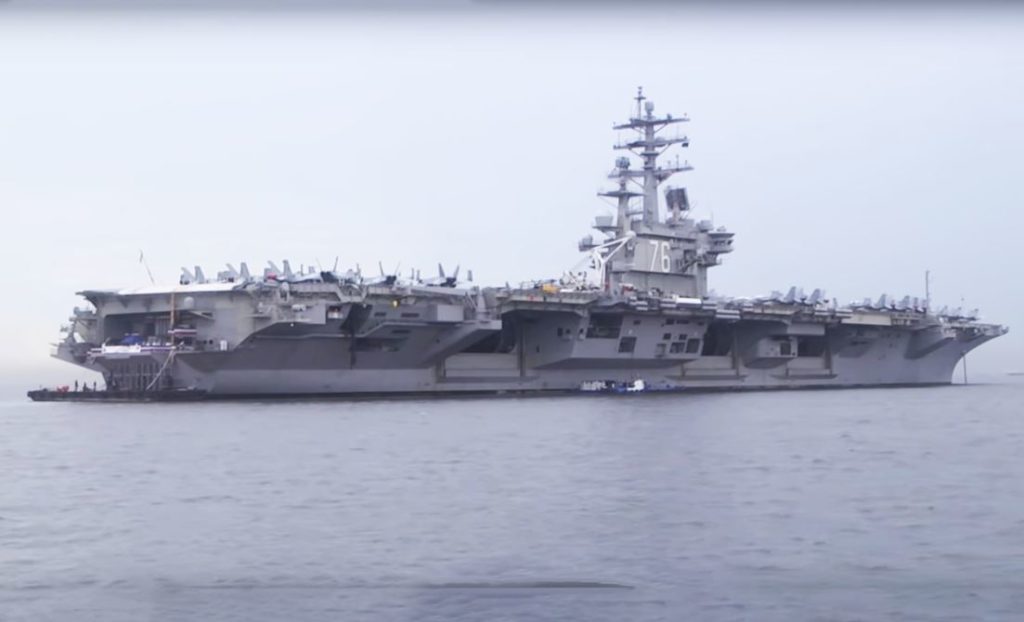
In 2019, the U.S. Navy conducted seven maritime patrols under Freedom of Navigation Operation (FONOP) more than any other year since 2015, when the US began to challenge stronger China’s claims.

The U.S. Pacific Fleet provided the figures, stating that FONOP patrols were designed to challenge Chinese claims to maritime and territorial sovereignty over many of the region’s archipelagos, putting the US and its allies at odds with Beijing.
The U.S. defense news website states that during these maritime patrols, US warships entered waters within 12 nautical miles of the islands claimed by China, including disputed entities. Beijing transformed into a military base.
According to Defense news, FONOP patrols are a sign to China that the US regards China’s claims in the East Sea as “excessive.” Beijing considers that US patrols are frustrating and considers them to be illegal acts, infringing on their waters.
So far, FONOP patrols have not caused China to retract its claims.
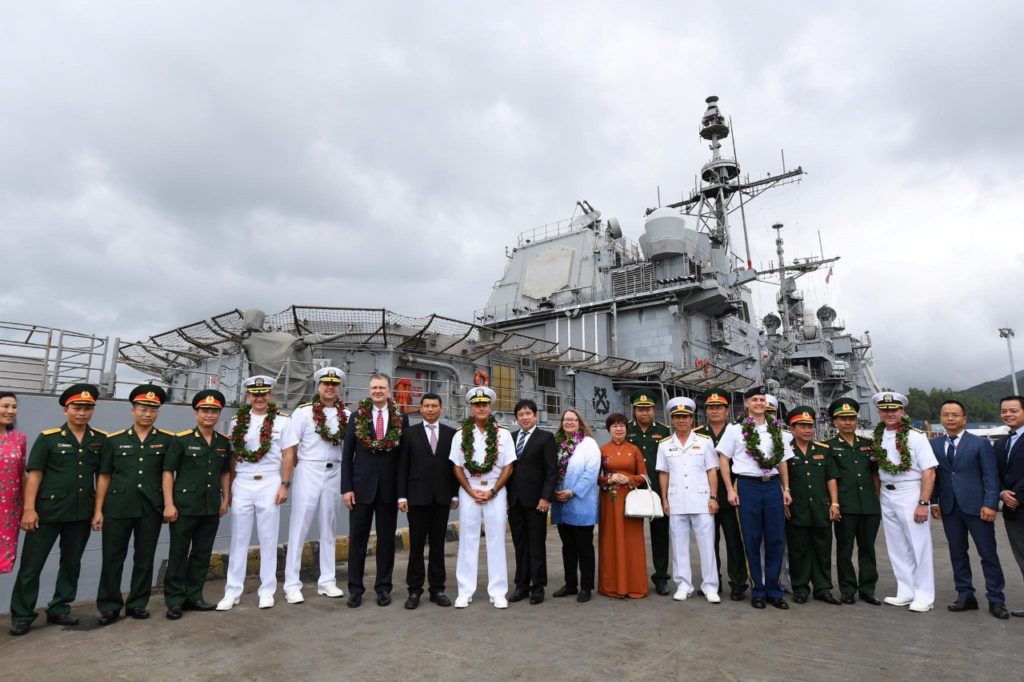
“The US regularly conducts patrols to safeguard freedom of navigation around the world,” said Rachel McMarr. All of our operations are designed in accordance with international law and are intended to demonstrate that the US will operate aircraft, boats, and operations wherever international law allows.”
A spokesman for the Pacific Fleet added that maritime patrols are conducted “peacefully and impartially or against any country.”
The first maritime patrol in 2020 was conducted by the US Navy on January 25. Defense News website reported that the USS Montgomery near-shore warship moves near Gac Ma (South Johnson Reef) and Cross Reef, two Chinese occupied areas in the Truong Sa (Spratlys).
At that time, the Chinese state newspaper said that Beijing had sent two bombers to fly over to threaten the US warship Montgomery.
The US Navy said the FONOP patrol challenged the excessive claims of all major powers in the region, and the patrol on Jan 25 officially targeted both China, and Taiwan and Vietnam. The US side challenges the notion that it is necessary to inform beforehand “innocent passage” of the seas claimed by other countries.
Meanwhile Professor Zhiqun Zhu, who teaches Political Science and International Relations at Bucknell University in the US, said the increase in FONOP patrols, especially under the Trump administration, and the tension directly related to the protests in Hong Kong and Taiwan’s right to self-rule, along with the growing conflicts between China and Vietnam, have contributed to creating an atmosphere of unrest in the area.
On the Chinese side, Beijing sees US activities as evidence that Washington’s “hairy hand“, “incessantly inciting tensions, aims to extend regional hegemony,” said Tong Zhao, senior researcher at Carnegie-Tsinghua Global Policy Center.
Zhao added: “Beijing is determined to respond strongly to any US provocation and continue its efforts to build military infrastructure, to enhance its long-term ability to protect the China’s future advantage.”
Late last year, answering a question about Vietnam’s position on the information that Shandong aircraft carrier was deployed by China in the East Sea, Foreign Ministry Spokeswoman Le Thi Thu Hang said: “The maintenance of peace, stability, order and security, sovereignty of sovereignty, sovereignty, and jurisdiction of the states in the East Sea as established at UNCLOS are the goals, benefits and responsibilities and aspirations of all countries in the region.” All activities of the parties need to contribute to this common goal,” she said.
Shandong’s construction was started by China in 2015 based on the design of Liaoning. China originally intended to operate Shandong ships in early 2019, but a series of incidents during the trial process delayed the delivery of the ships by eight months.
Vietnam and China have similar communist institutions, but Beijing is increasingly aggressive, demonstrating the intention to annex Vietnam’s sovereignty and territoria in the East Sea.
A few remaining Communist nations such as Cuba, North Korea, and Laos have been largely ignored, leaving Vietnam under China’s “bullying.”
In order to protect the country from China’s invasion, Vietnam needs to boldly abandon communism to bring the nation back to the world of Civilization and Freedom.
Hoang Lan from Ha Noi – Thoibao.de (Translated)





